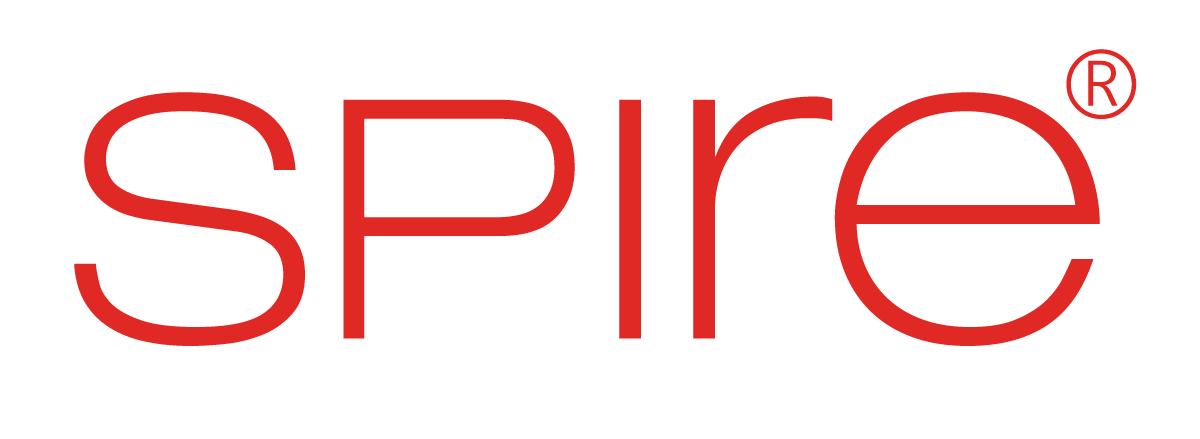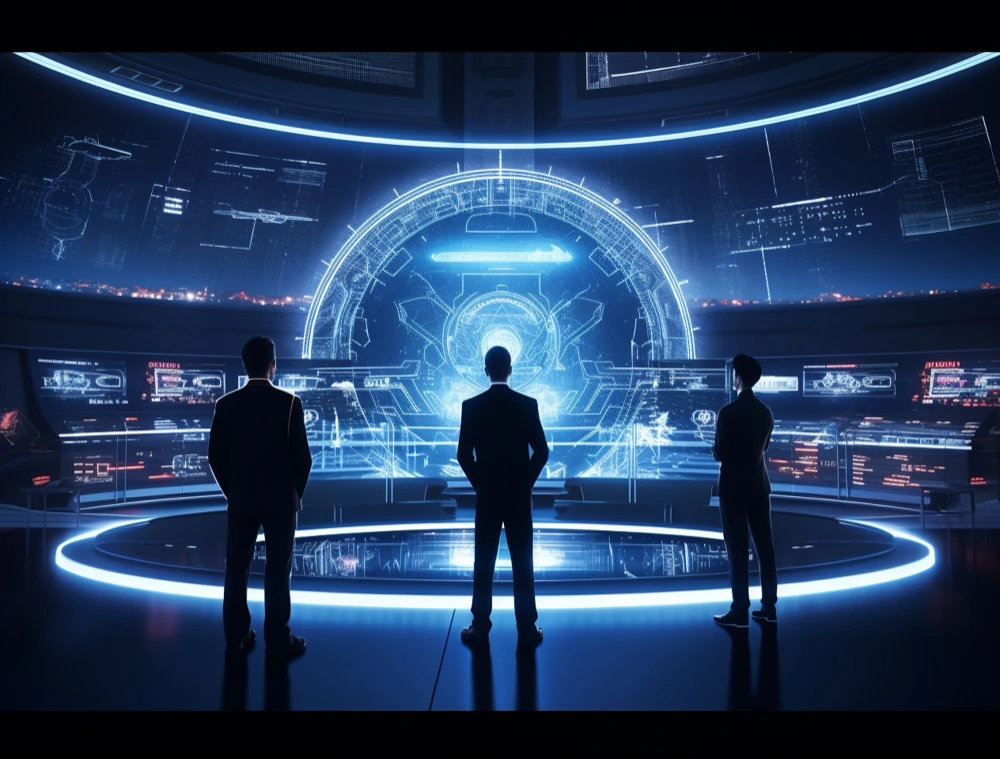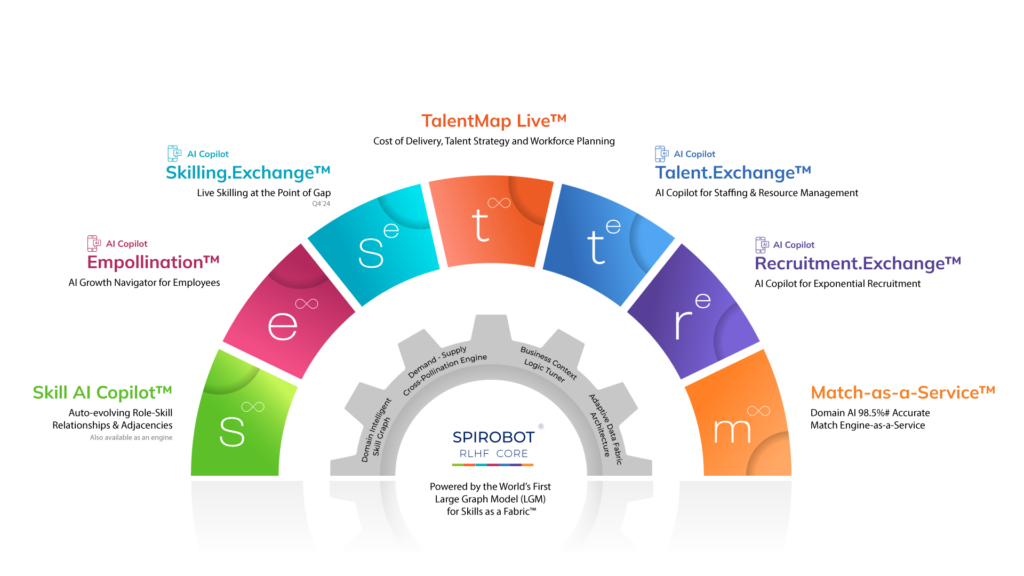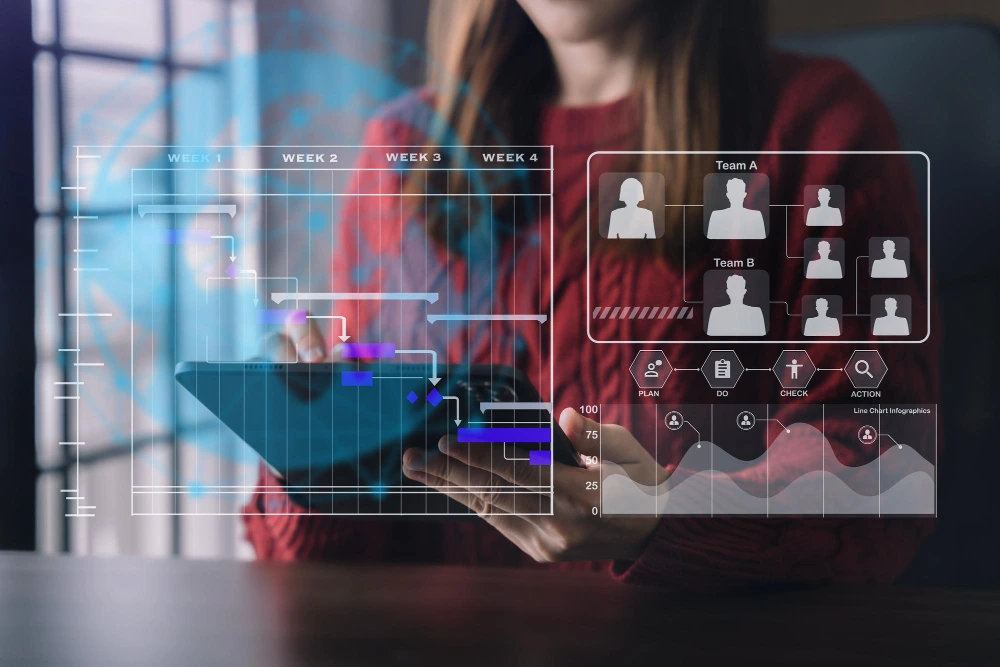Organizations today face unprecedented change, driven by technological advancements, shifting market dynamics, and evolving workforce expectations. Relying on a reactive mindset is no longer viable for sustained success. To maintain a competitive edge, companies must adopt a proactive approach that anticipates potential changes and prepares them to adapt effectively.
Futurecasting, when seamlessly integrated into strategic planning, provides businesses with the ability to envision multiple plausible futures and develop strategies that withstand uncertainty. This powerful combination allows HR and talent leaders to craft robust long-term goals and initiatives, ensuring the workforce is agile, skilled, and aligned with organizational objectives.
Futurecasting in Strategic Planning: A Proactive Approach to Uncertainty
Futurecasting is a dynamic, data-intensive methodology that empowers organizations to explore, anticipate, and prepare for multiple possible future scenarios. By leveraging cutting-edge technologies such as artificial intelligence (AI), big data, and predictive analytics, organizations can uncover insights that drive proactive decision-making and strategic foresight. This process involves continuously analyzing critical trends across diverse domains including technological advancements, economic fluctuations, demographic shifts, social transformations, and industry evolution.
By closely monitoring these factors, businesses can identify early indicators of potential disruptions and adapt their strategies accordingly. Unlike traditional forecasting, which relies on historical data to predict short-term outcomes, futurecasting takes a more comprehensive approach. It integrates scenario modeling, expert-driven insights, real-time market intelligence, and predictive analytics to evaluate long-term uncertainties. This allows organizations to develop flexible, adaptive strategies that prepare them for multiple potential futures.
Strategic planning acts as the foundational framework for defining an organization’s long-term vision, key objectives, and strategic priorities. It provides a structured roadmap for sustainable growth, ensuring that all business functions align with overarching goals.
When futurecasting is embedded into strategic planning, businesses shift from reactive problem-solving to proactive innovation. This integration enables organizations to preemptively address industry shifts, seize new opportunities ahead of competitors, and implement risk-mitigation strategies before potential threats materialize.
For HR and talent leaders, futurecasting is a critical tool in workforce planning. It ensures that talent acquisition, employee development, and leadership training strategies align with the evolving needs of the business landscape. By focusing on adaptability, HR professionals can future-proof their workforce, equipping employees with the necessary skills and competencies to thrive in an ever-changing environment.
Why HR and Talent Leaders Must Leverage Futurecasting
HR and talent leaders play a pivotal role in shaping an organization’s workforce and culture. With the workplace undergoing seismic shifts, driven by automation, remote work, evolving employee expectations, and demographic changes—HR professionals need to ensure their strategies align with future realities.
1. Workforce Planning and Talent Acquisition
Futurecasting helps HR leaders anticipate the evolving skills landscape. According to the World Economic Forum, by 2025, 50% of all employees will need reskilling. Identifying emerging roles and capabilities allows organizations to proactively upskill their workforce, create targeted talent development programs, and recruit individuals with future-critical competencies
Additionally, AI-powered workforce analytics can detect skills adjacencies, enabling companies to reskill existing employees efficiently instead of hiring externally.
2. Organizational Agility and Resilience
Businesses that integrate futurecasting into HR strategy position themselves to navigate change with confidence. Research by Deloitte shows that organizations that effectively anticipate and prepare for workforce trends are more likely to outperform competitors financially. By foreseeing potential disruptions such as regulatory changes, technological breakthroughs, or workforce demographic shifts, companies can establish adaptable policies and training frameworks that enhance resilience.
3. Employee Experience and Engagement
The expectations of employees are evolving rapidly, with a growing emphasis on flexibility, well-being, and career development. Futurecasting enables HR teams to anticipate these changing needs and implement forward-thinking employee experience initiatives. Studies indicate that businesses that invest in progressive employee experience strategies see higher profits.
By leveraging futurecasting insights, organizations can create policies that enhance work-life balance, career progression, and engagement to retain top talent.
4. Diversity, Equity, and Inclusion (DEI) Initiatives
Demographic shifts and societal expectations are reshaping the workplace, making diversity, equity, and inclusion (DEI) initiatives essential. Futurecasting helps HR leaders assess long-term demographic trends and identify gaps in their DEI strategies.
McKinsey’s research highlights that companies with diverse workforces outperform their competitors. By leveraging predictive analytics, organizations can proactively design hiring strategies that foster inclusivity and ensure sustained workforce diversity.
Steps to Integrate Futurecasting into Strategic Planning
Successfully incorporating futurecasting into strategic planning requires a structured and methodical approach. HR and business leaders must take proactive measures to identify trends, build scenarios, assess their impact, and align strategies accordingly.
The following steps outline a practical framework for embedding futurecasting into long-term organizational planning, ensuring resilience, adaptability, and continuous growth.
Step 1: Identify Key Trends and Signals
HR and business leaders must continuously monitor macro and micro trends, including technological advancements, economic indicators, demographic shifts, and workplace transformations. These insights form the foundation for developing informed future scenarios.
Step 2: Develop Multiple Future Scenarios
Organizations should construct diverse future scenarios rather than relying on a single projection. This process may include assessing factors such as AI integration in HR processes, hybrid work evolution, and shifting job market dynamics. Scenario-building ensures companies prepare for multiple possible futures, reducing the risk of being unprepared for disruptive shifts.
Step 3: Evaluate Strategic Implications
HR leaders must analyze the impact of different future scenarios on their workforce strategies. This step involves stress-testing existing policies, training programs, and hiring strategies against various future outcomes to ensure alignment and adaptability.
Step 4: Align Leadership and Decision-Makers
Embedding futurecasting into organizational strategy requires leadership buy-in. HR leaders should collaborate with executive teams to translate futurecasting insights into actionable initiatives, ensuring workforce strategies align with overall business goals.
Step 5: Execute, Monitor, and Adapt
Futurecasting is an ongoing process, not a one-time exercise. Organizations must implement strategies, track workforce trends, and continuously refine their vision to adapt to new developments. This iterative approach helps businesses stay ahead of disruptions and maintain a competitive advantage.
The Competitive Advantage of Futurecasting in HR Strategy: Staying Ahead in a Dynamic World
Organizations that integrate futurecasting within their strategic planning framework gain a considerable advantage in an increasingly complex and uncertain business landscape. This forward-looking approach enables businesses to anticipate changes before they occur, positioning them ahead of the competition.
- Fosters a culture of proactive leadership and strategic foresight.
- Empower HR professionals to drive innovation by identifying emerging trends, developing adaptable workforce policies, and ensuring organizational resilience against unpredictable market shifts.
By continuously evolving in response to workforce and market trends, businesses that leverage futurecasting secure their position as industry leaders. They gain the ability to pivot quickly, adopt cutting-edge talent strategies, and maintain a competitive edge in an ever-changing environment.
By embedding futurecasting into HR operations, talent leaders shift from merely managing day-to-day workforce needs to becoming strategic architects of long-term business success. They take on the responsibility of aligning human capital strategies with macroeconomic and industry developments.
HR leaders equipped with futurecasting insights guide their organizations through complexity with precision. They design and implement talent strategies that not only align with long-term business objectives but also enhance employee engagement, satisfaction, and retention, ultimately driving sustainable growth.
How Spire.AI is Advancing Futurecasting and Strategic Planning
Spire.AI is at the forefront of leveraging Domain-Intelligent AI to enhance futurecasting and strategic planning capabilities. Through Domain-AI, Large Graph Model (LGM) for Skills, data analytics, and predictive analytics, Spire.AI enables HR and talent leaders to:
- Identify Emerging Workforce Trends: Spire.AI leverages large-scale data analytics to monitor labor market trends, economic indicators, and technological advancements. By synthesizing data from various sources including job postings, industry reports, and workforce surveys, Spire.AI enables organizations to anticipate future skill gaps and proactively address evolving talent demands.
- Enhance Talent Planning with Domain-Intelligent AI: Spire.AI’s proprietary Domain-Intelligent AI provides granular, sector-specific insights that refine talent acquisition and workforce planning. By aligning hiring strategies with market-specific trends, companies can identify the most valuable skills, predict future workforce needs, and recommend training programs, and courses for sustainable talent growth.
- Utilize Large Graph Model for Skills: Spire.AI’s Large Graph Model (LGM) for Skills enables organizations to visualize the interconnections between current workforce capabilities and emerging job roles. By using Domain-AI-driven skill adjacency mapping, companies can identify optimal career progression pathways, design targeted learning initiatives, and implement scalable upskilling and reskilling strategies.
- Drive Data-Informed Decision-Making: Spire.AI integrates real-time labor market intelligence with workforce analytics, providing HR leaders with precise insights to optimize talent management. By leveraging predictive analytics and AI-powered recommendations, organizations can make strategic workforce decisions, reduce hiring inefficiencies, and ensure long-term organizational agility.
- Strengthen Workforce Resilience: Spire.AI’s advanced predictive models assess economic shifts, industry trends, and automation impacts to help businesses build a resilient workforce. By identifying vulnerabilities and forecasting potential disruptions, organizations can create agile HR policies, implement flexible workforce strategies, and ensure business continuity in times of change.
As businesses seek to future-proof their strategies, Spire.AI continues to innovate, providing HR and talent leaders with the tools they need to navigate an uncertain future confidently.
The Road Ahead: Embracing Futurecasting for Sustainable Growth
Organizations that integrate futurecasting into their strategic planning processes position themselves as proactive industry leaders rather than reactive followers. HR and talent leaders who embrace this forward-thinking approach will drive workforce resilience, foster innovation, and create a competitive advantage in an unpredictable business landscape.
Utilizing advanced technologies like Spire.AI’s Domain-Intelligent AI and Large Graph Model for Skills, organizations can effectively align their workforce strategies with evolving market demands and emerging industry trends.
Success in the future will belong to organizations that take action today, leveraging innovative insights to build agile and future-ready workforce strategies.







